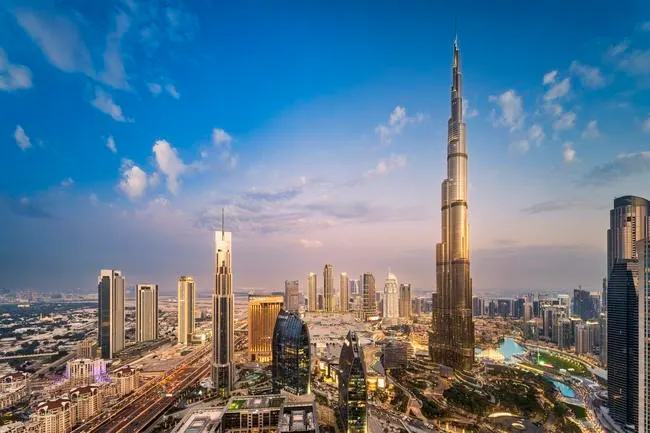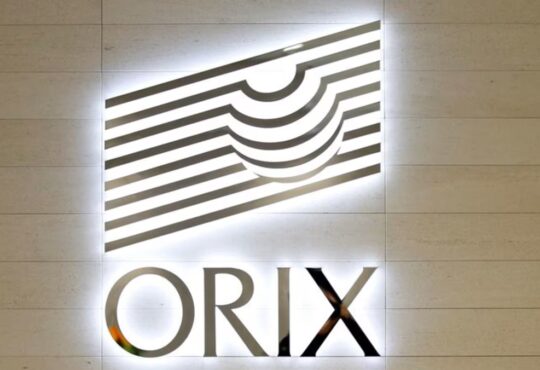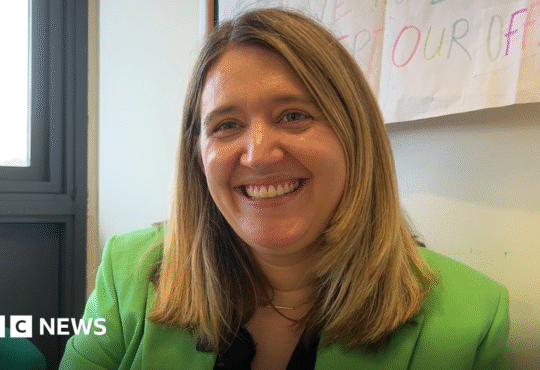
Maxim Lukyanov, Co-Founder and CEO of NEMAX, a business developer, expert in global sales and investment strategy.
The American rental real estate market is showing alarming signals—and for real estate investors, these dynamics can be particularly concerning.
According to Bankrate, the average monthly mortgage payment for a median-priced home ($425,583) in the U.S., including property taxes and insurance, increased by 2.4% year over year to $2,768 (data as of February 2025). For comparison, rental rates remain stable year over year. In February 2025, they note the national average monthly rent was about $2,000.
Additionally, insurance costs are rising. The national average cost of home insurance is $2,408 per year with a $300,000 limit. On average, that’s about $200 per month.
Amid these factors, property owners face declining profitability, as U.S. real estate no longer ensures capital preservation, and banking on future price growth is risky.
The yield from long-term real estate rentals ranges from 3.5% to 8%, depending on the location. After deducting all mandatory payments, which can account for up to 40% of rental income for residents, I’ve found the remaining yield under an optimistic scenario is often 2.1% to 4.8%.
In these conditions, one option for investors could be shifting their focus to real estate in the UAE. According to Knight Frank UAE, in 2024, Dubai saw a record 169,000 real estate transactions totaling 367 billion dirhams (about $100 billion). They also found 83% of high-net-worth individuals surveyed worldwide expressed interest in acquiring land in Dubai for building their own homes.
The Benefits
Let’s consider the main arguments in favor of investing in UAE real estate.
Higher Yield
The difference in yields from real estate in Dubai can be up to 1.8 to 2 times higher than in the U.S. The average gross rental yield is 4.87%. According to Engel & Voelkers, in the Discovery Gardens area, yields can be around 7%-8%, in Dubai Silicon Oasis, around 8%, and in Dubai Investments Park, up to 9.4%.
Potential yield can reach 10% or greater before tax deductions, but this will require more time to search for a promising property or make initial investments at the construction stage.
Tax Benefits
An important advantage of investing in real estate in Dubai is the tax advantages. Dubai does not impose income tax or capital gains tax.
However, there are Dubai Land Department (DLD) fees—which are 4% of the apartment’s value. This is a mandatory one-time payment for registration that must be paid when purchasing residential property. In the U.S., the property tax rate often varies by state.
Transparency Of Laws
The process of purchasing, registering and renting out real estate in the UAE is very transparent and digitized. The legislation ensures protection of the rights of both parties. Dubai’s real estate market is strictly regulated by the Dubai Land Department and the Real Estate Regulatory Agency.
In Dubai, I’ve found non-payment issues are often resolved quickly. According to the Dubai Rental Law No. 26 of 2007, the landlord sends a notice demanding repayment. If unpaid within 30 days, the owner can appeal to the Tribunal. In my experience, the review timelines depend on the complexity of the case and usually take 2-6 months.
Meanwhile, I’ve noticed that in the U.S., class action lawsuits filed by tenants, for example, if they are dissatisfied with the quality of housing, can last much longer. During all this time, they may not pay rent, while the landlord incurs losses.
High Demand
Demand for real estate in Dubai is stable almost year-round. In the long-term rental segment, vacancy rates are 2%–4% in mature, well-located communities—meaning occupancy rates are more than 90%; in short-term, occupancy rates are about 71%. The concept of seasonality exists here, but I’ve found this factor is quite smoothed out. Tourists come to Dubai year-round. Expats may leave the country during the hottest months, but their rental agreements usually do not interrupt, and payments continue to come in.
For comparison, in Florida’s tourist zones, from late April to September, many property owners experience a “dead season.” I’ve noticed that in Miami, Orlando and Tampa, demand is higher due to international tourists. But if the property does not have the most luxurious location, demand for it often drops off-season, and along with it, the yield.
Mistakes And Risks
The most common mistake I’ve seen for newcomers to the market is the wrong choice of location. Brokers who receive commissions from developers do not always act in the investor’s interests. There is a risk of choosing an illiquid property, falling victim to unscrupulous people in terms of hidden fees or inflated prices.
The axiom that risk equals return applies here as well. Promises of 15%-40% annual yields are associated with high risks. Such yields may come from properties at the initial construction stage, which are purchased for quick resale. There is also an option where a property in need of repair is bought, then renovated and sold at a higher price. If investors want to achieve such yields, they need to choose properties at the construction stage. If 10%–15% is enough, they can enter the secondary real estate market.
Thus, for investors disappointed with their investment results in U.S. real estate, Dubai may offer a new strategy for preserving and multiplying capital. This region has become a magnet for wealthy people, largely due to taxes, and capital typically goes where the maintenance of that capital is cheaper.
The information provided here is not investment, tax or financial advice. You should consult with a licensed professional for advice concerning your specific situation.
Forbes Business Council is the foremost growth and networking organization for business owners and leaders. Do I qualify?







